From Skopje to Prilep, passing Kratovo – Macedonia
From Skopje to Kratovo
I stopped in Staro Nagoričane, at St. George’s Church, and after that I made a detour to the megalithic observatory from Kokino. In Kuklica, I went to the Stone Dolls’ Valley and then stayed overnight in Kratovo, the town of towers and bridges.
From Skopje, I turned half of the distance towards Bulgaria, passed Kumanovo and stopped in the village of Staro Nagoričane, at the old Byzantine church of St. George. Dabilo, the singer from the church’s choir and the administrator of the church, tried to explain to me the interior frescoes from the church. When I wanted to leave, he insisted I had to take more pictures of the saints represented in the murals.
From Staro Nagoričane, I continued my road trip through remote villages and deserted roads. After I steeply drove up in the mountains, I reached the ancient megalithic observatory from Kokino. In the Bronze Age, Kokino was both an astronomical observatory and a religious sanctuary. In addition, even NASA recognized the scientific ingenuity of the ensemble. On the volcanic hill called Taticev Kamen, four platforms had been created by the inhabitants of the region in order to observe the movement of the Sun, the Moon, and the Aldebaran star. Their position at certain moments of the year (solstices, equinoxes) was precisely carved through stone-cuts in certain rocks. Moreover, a stone wall encircled the whole ensemble and a stone throne marked a platform designated also for religious rituals.
From Kokino, I returned to the main road that connected Skopje to Bulgaria. There, I turned on a secondary road that went toward the southern part of Macedonia. In the village of Kuklica, I turned right and went along the Kriva River until I reached the Valley of Stone Dolls, where ~120 erosion-shaped stone figures spread on three hills.
In Kratovo, I had a reservation at Etno House Shancheva, where the owner Stevce Donevski welcomed me like a princess. He offered me tea, halvah, cheese, and the local specialty – salt mixed with spices (k’cana sol). Stevce knew only a few words in English and it was hard to communicate with him. He had goodwill, though and always offered me a small gift. With the money he had earned while working at Electrika between 1983-2003, he had bought an old house, restored it and opened it for tourists. Besides, he was the president of the Macedonian Slow Food Association and promoted his country as much as possible.
Kratovo had 60,000 inhabitants when mining and trading were the main activities in the area during the Middle Ages. Stevce walked me throughout all the neighborhoods of the town. The Catholic community, the Orthodox community, the Jewish community, and the Muslim community (where the Communists had demolished all the mosques). Kratovo was called the town of towers and bridges. Developed in the crater of an extinct volcano, different parts of the town were linked by stone bridges that crossed deep and steep valleys. Stone towers that played a defensive role in the past still rose among houses here and there and were a testimony that people had lived at the last floor of the tower in the past. Kratovo had steep cobblestone streets, while most of the houses had walls made of stone and wood. Colorful flowers animated windows and balconies and vines naturally shadowed vegetable gardens and lazy cats.
Later, we went to the fruit and vegetable market, where Stevce knew everybody. Then we came to the small Turkish bazaar and the main square of the town, where all the terraces, cafes and restaurants crammed. We passed through a vaulted-alley and went to the Rock Art Gallery, where Stevce covered me with other gifts. In the evening, I had the daily menu at a no-name restaurant, recommended in the Turkish bazaar, though. When I came back home, the cats played around me until two kittens fell asleep in my arms.
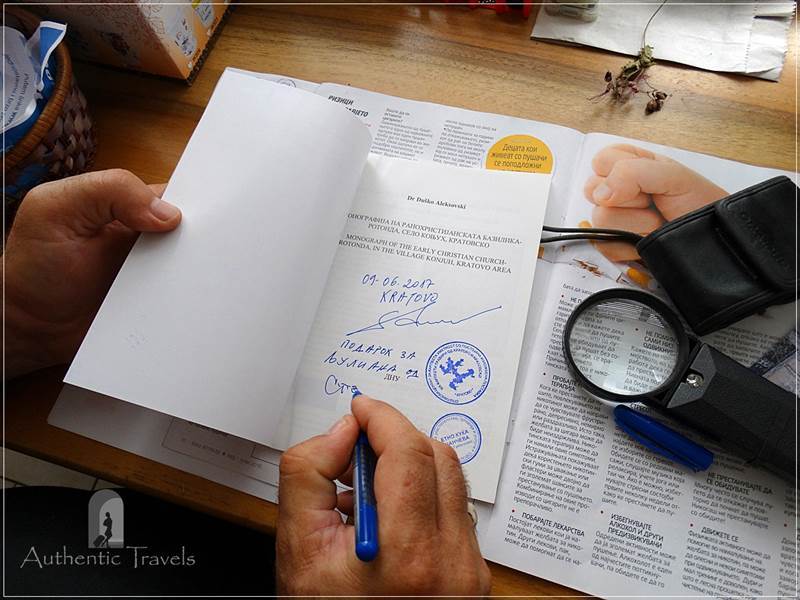
Kratovo – Stevce writing a dedication in the book he offered me at the Rock Art Gallery (with Cyrillic letters, of course)
From Kratovo to Star Dojran
From Kratovo I drove to Probištip and from Zletovo town I went to the Lesnovo monastery. After that, I continued toward the south of the country, through Štip. Near Strumica town, I made a detour to the monasteries of Veljusa and Vodoča. I had dinner in Strumica and then went to Star Dojran.
In Kratovo, Stevce prepared a delicious breakfast for me in the morning. Turkish coffee, tea made of local herbs from the garden, omelet, Turkish delight, peanuts, tomatoes, hot chili, cheese, and homemade bread. Before leaving, we took photos of us wearing a kitchen apron and a hat. Moreover, Stevce showed me the tiny museum set up in the garage of his house. It was a collection of antiquities, from old telephones to bottles dating back from the communist period and an installation for making rakija alcoholic drink. Stevce simulated that he picked up the phone and said: Alo Iul?
I had to leave from Kratovo with a broken heart, although I would have liked to stay longer. I passed through Probištip and from the main road I turned left toward the small town of Zletovo. In Zletovo, I turned left toward Lesnovo monastery in the main crossroads of the town center. Before I reached Dreveno village, I met three cyclists from Veles in a small mountain pass. From there, a steep winding road went up several kilometers to the Lesnovo Monastery. The Lesnovo region was actually formed inside the crater of a volcano and created a dry scenery, with less vegetation. I could still notice traces of the ancient, solidified lava as well as chapels refurbished by monks in the old caves.
Lesnovo Monastery had a fortification wall, partially doubled by a row of buildings for monks. The Byzantine church of St. Archangel Michael, fully depicted with interior frescoes, sat in the middle of the monastery’s courtyard. The ensemble was impeccably preserved, the grass perfectly trimmed, and some monks even smiled to me. Near the monastery, I explored a few cave-chapels set in a steep slope and the dark tunnels that linked them.
From Lesnovo monastery I drove toward the south and crossed the town of Štip without stopping. Before reaching Strumica, I turned right toward the Veljusa monastery. In the courtyard of the monastery, a nun called Xenia offered to show me the church. The church dated back to the 11th century and there was a fresco of the Christ depicted as a child in a small chapel (a rarity). In addition, the main mosaic inside the church was the original one. Another nun swept dried leaves in the courtyard of the monastery, where the grass was perfectly trimmed, and from where I could see Strumica town in the background.
From Veljusa Monastery, I drove to Vodocha monastery along countryside roads. A wedding took place at the monastery’s church, and therefore the gate to the nuns’ houses was locked. A silent nun took care of beehives in the courtyard of the church. Close to the church, a temporary roof protected the ancient ruins of the former monastery. While I walked through the monastery’s garden, the guests prepared to leave for the wedding party.
I arrived in Strumica in the afternoon and searched for a central parking place on the sloping streets of the downtown. I glimpsed a stone mosque across the street from a Neo-Gothic church. After that, I descended on the main pedestrian street, flanked by restaurants and animated by terraces. I had dinner at the Amour Lounge Restaurant and then walked through the small park of the city, which had a duck-pond, though.
In the evening, I drove all the way to Lake Dojran, where it wouldn’t rain the following day. A winding road passed through valleys, mountains, and gorges for about one hour before I reached Star Dojran. In Star Dojran (Old Dojran) I searched for Villa Teodora and damned the GPS that took me on bad, unpaved, and abrupt streets. Eventually, a man called my host – Marija and escorted me on his motorbike to my final destination. Marija welcomed me with tea in the summer kitchen, surrounded by a lush garden with vines, figs, Japanese apricots, and tender cats.
The following day, I had coffee with my hosts after I tried in vain to connect to the internet. Marija had worked as an economist, and her husband had been a vet. Since they had retired, they stayed at their villa in Star Dojran six months per year. They went to Skopje and stayed there only during winter. They had named their villa after one of their granddaughters – Teodora, a 12 years old girl, who wanted to practice her English with me on the phone.
As a summer resort, Star Dojran developed on the shores of the Dojran Lake – one of the few lakes with a beach in Macedonia (a landlocked country). A labyrinth of villas rose chaotically on the steep slopes facing the lake, sometimes without having a practicable road between different neighborhoods. The center of the resort had just a main street and the quay along the lake. When the sun came out of the clouds, I walked down to the town center, full of hotels, restaurants, and terraces. For lunch, I sat at the Kazablanka restaurant and tried the tasty fish from the lake (crvenoperka). I returned to Villa Teodora on a detour and stopped at the former clock tower (Saat Kula), the Monastery of Maria Magdalena, and the church of St. Elijah. In the evening, I worked in the living room while Marija was cooking in the kitchen.
From Star Dojran to Prilep
I stopped at the ruins of the Vardarski Rid fortress in Gevgelia. From there I went north, to the archaeological site of Stobi. From Negotino, I explored the wine region around Kavadarci and Tikveš Lake. In the evening, I finally arrived in Prilep.
I drank the last nesscafe with Marija and then left Star Dojran. I drove to Gevgelia along hills with rolling lush vineyards. At the entrance of the town, I saw the ruins of the fortress on a hilltop and archaeologists working there. I walked uphill and explored the fortress of Vardarski Rid (Hellenistic Gordynia) in the company of Hristian and David. They were students and took part in a two-week workshop in collaboration with their faculty of history and archaeology.
The fortress of Vardarski Rid had modest dimensions and was overgrown with weeds. However, it was possible to figure out where the buildings had been. Acropolis, stoa, houses, agora, and a house that included even a sacred area. After the visit of the fortress, the archaeologists invited me for a coffee at their tiny booth. They were laughing and joking all the time, and I didn’t understand anything. When I left the place, they insisted to take bread, tomatoes and a box of cakes with me.
From Gevgelia I followed the highway, a bit potholed though, and then a national road until I reached Stobi. Located along ancient trade routes, Stobi was an important military center in the Roman province of Macedonia and an episcopal seat in the Byzantine period. The archaeological site of Stobi included: theater, basilica and baptistery with mosaics, houses and palaces, public bath, public fountain (nymphaeum) and even the traces of a synagogue. It was a hot day, archaeologists worked conscientiously to protect the old mosaics, and the cicadas hummed through the grass.
From Stobi I turned back on the highway until I reached Negotino and then drove to Kavadarci – a veritable Macedonian paradise of vineyards. I spotted countless wine cellars in the area but skipped them since I don’t drink alcohol. When I reached Tikveš Lake, all the hills were literally covered with lush greenery vineyards. The vines gradually descended toward the lake shore. Temporary huts scattered among the vines and dirt roads gently wound through the green hills. I went along the shore of the lake until I reached the village of Resava. People worked amidst the endless rows of vines and took care of the grapes that would be picked up only in autumn. After that, I went to the village of Brušani, situated on a hill overlooking the lake, and admired the vines natural mosaic in all its beauty.
The road toward Prilep went through a winding mountain gorge. I stopped at the only restaurant that I found on the road and ate fish for dinner. When I arrived in Prilep, the owners of Antika House welcomed me with big smiles and fruit tea. Besides, their son that was traveling through Bulgaria at that moment offered me English unlimited translations on the phone.
From Skopje to Prilep passing Kratovo is the diary about the road trip and the stops that I made on my way from Skopje to Prilep, Macedonia (find the version in Romanian at Manastiri si bazare prin estul Macedoniei – I). Its continuation, my second post can be found at From Prilep to Ohrid, passing Bitola. And here are all my Travel Diaries from Macedonia, the Balkan Countries (x6).
Have you been to Macedonia or plan to go there? Leave a comment below this post and tell me what you liked about Macedonia or what you’re interested to see there.
Want to subscribe to my travel diaries? Just leave your email in the subscription form below and you’ll be notified when I publish a new travel diary.
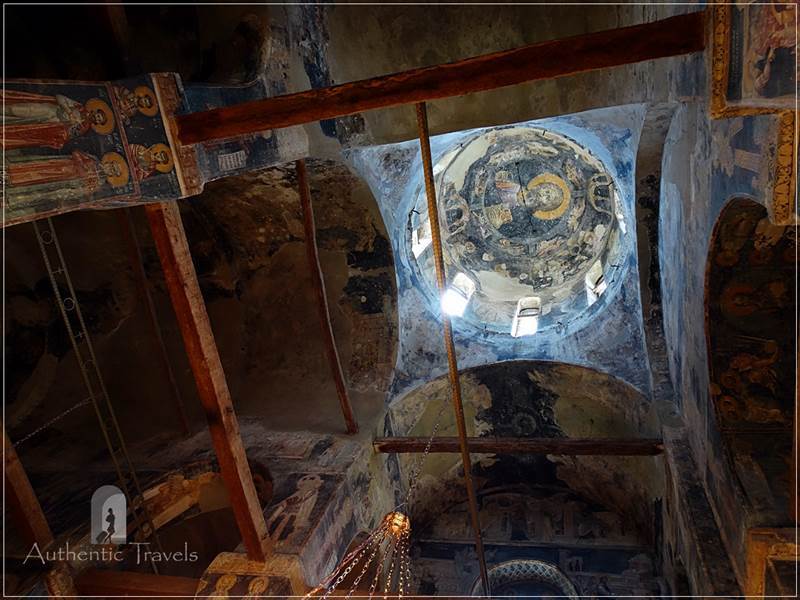
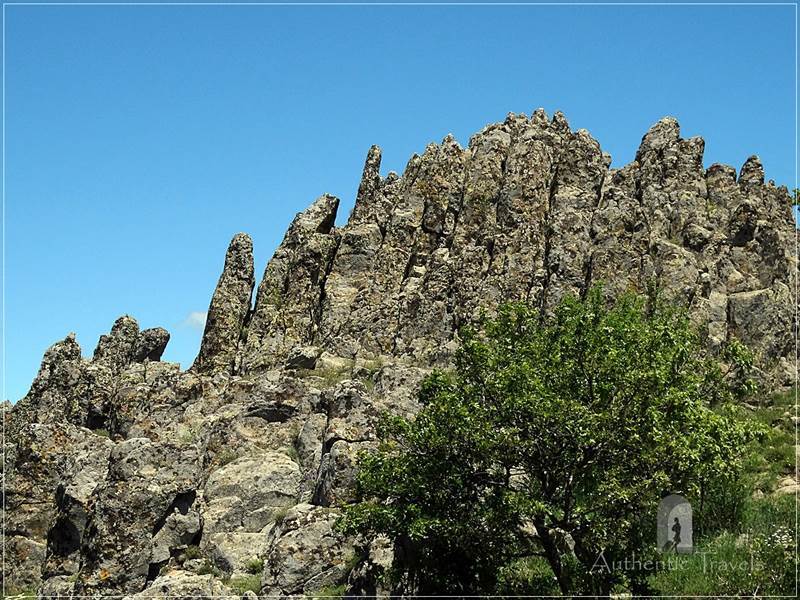
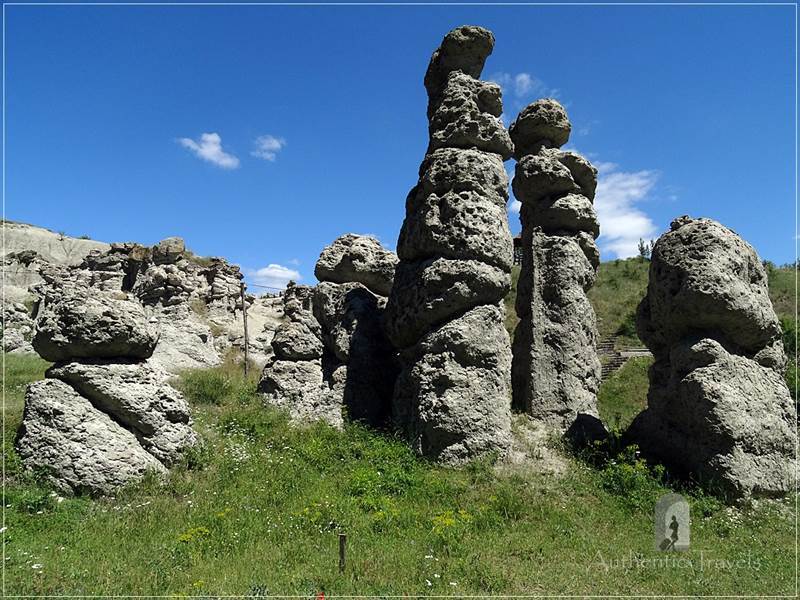
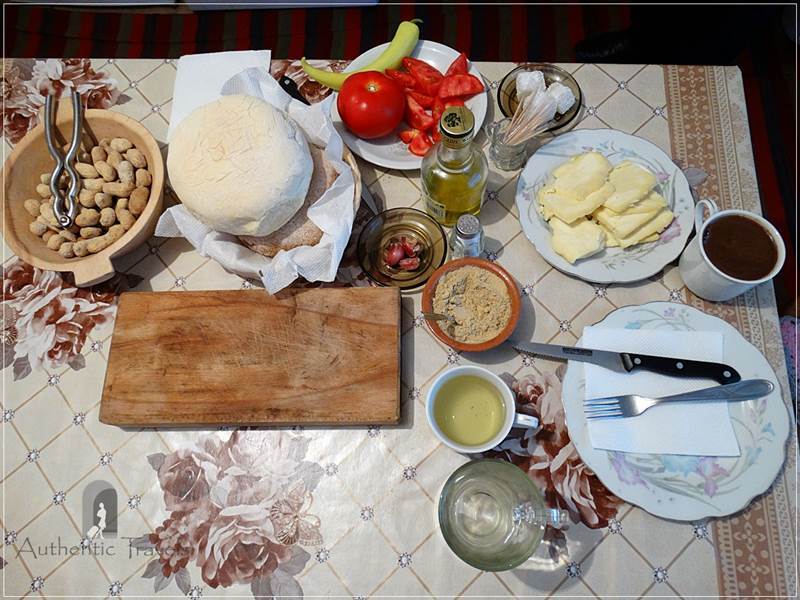
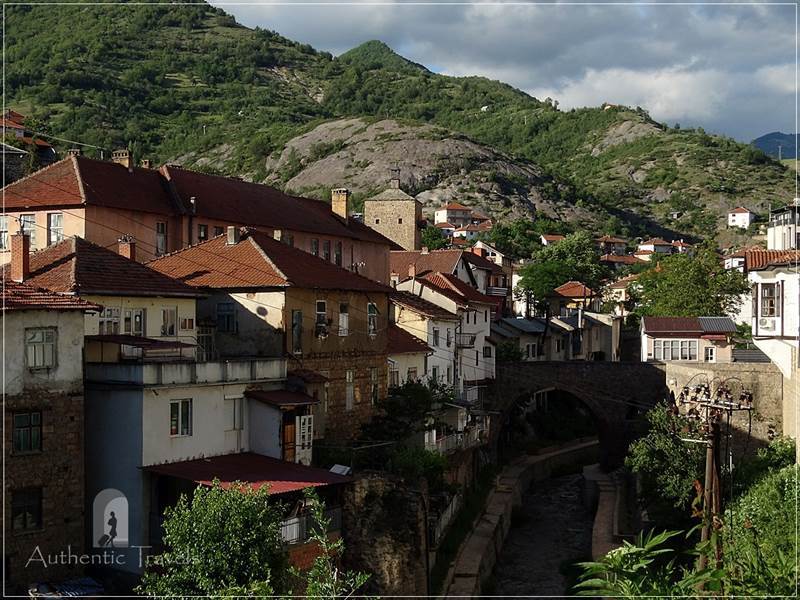
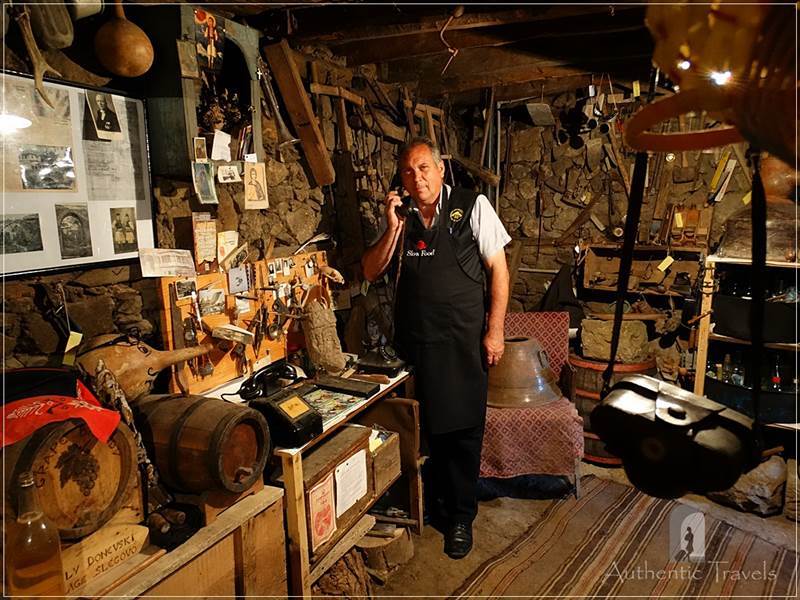
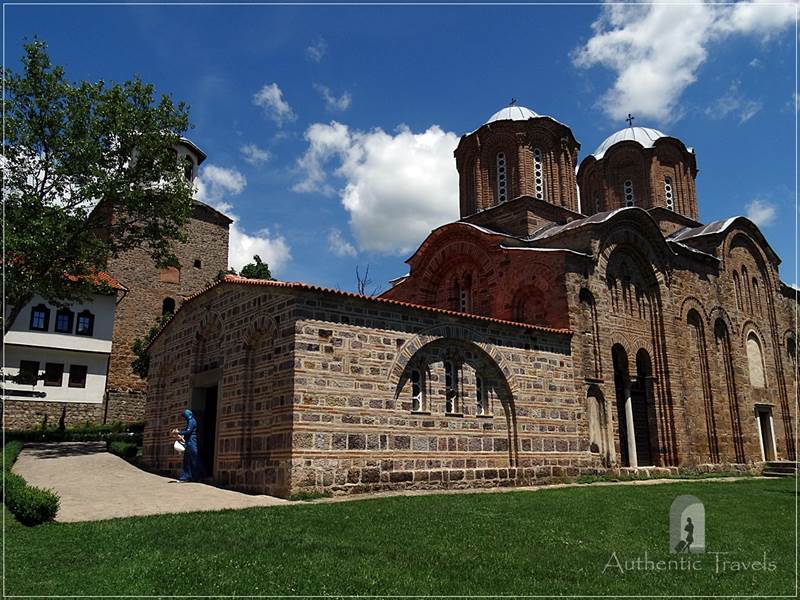
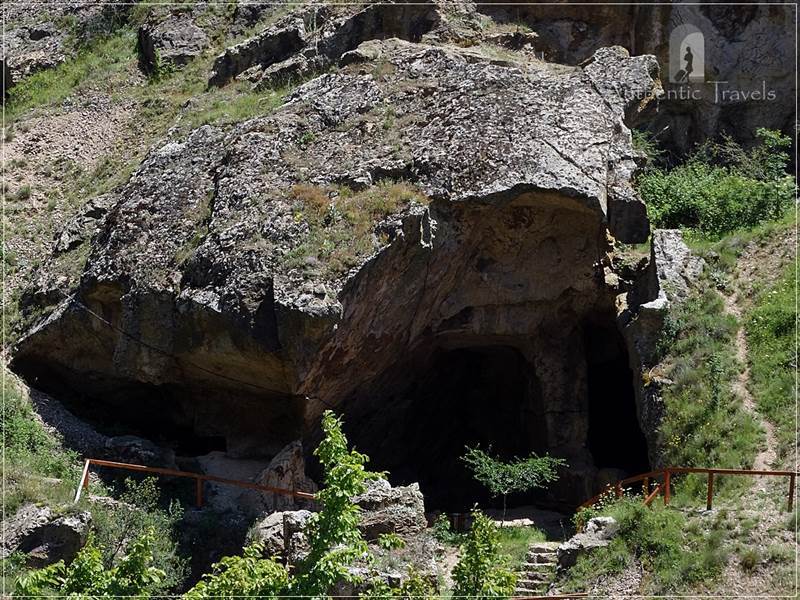
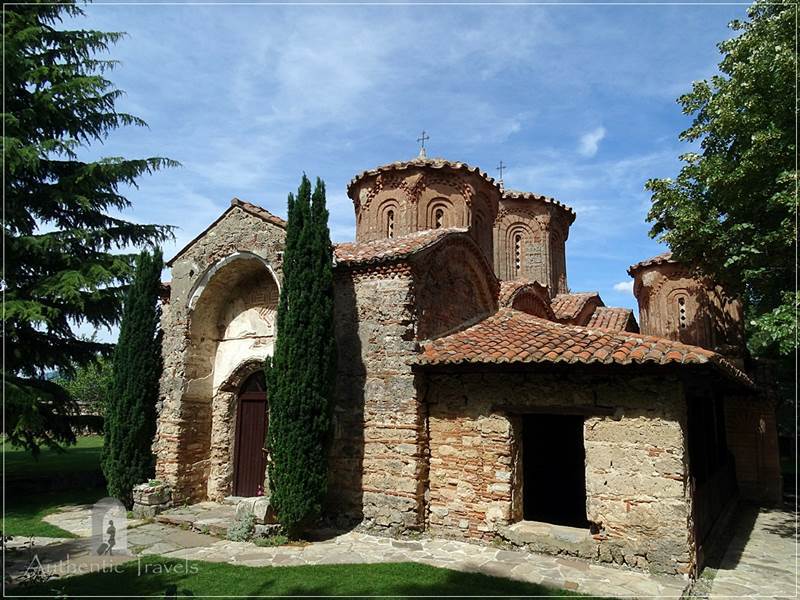
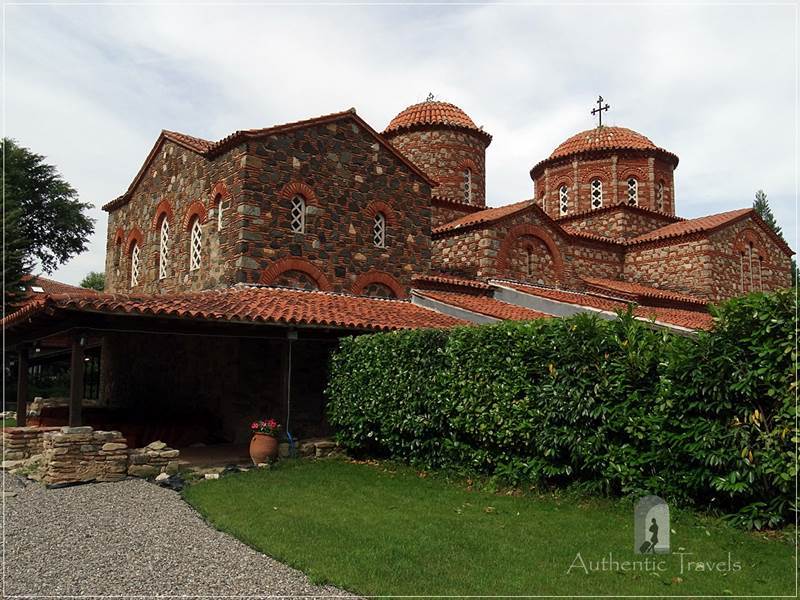
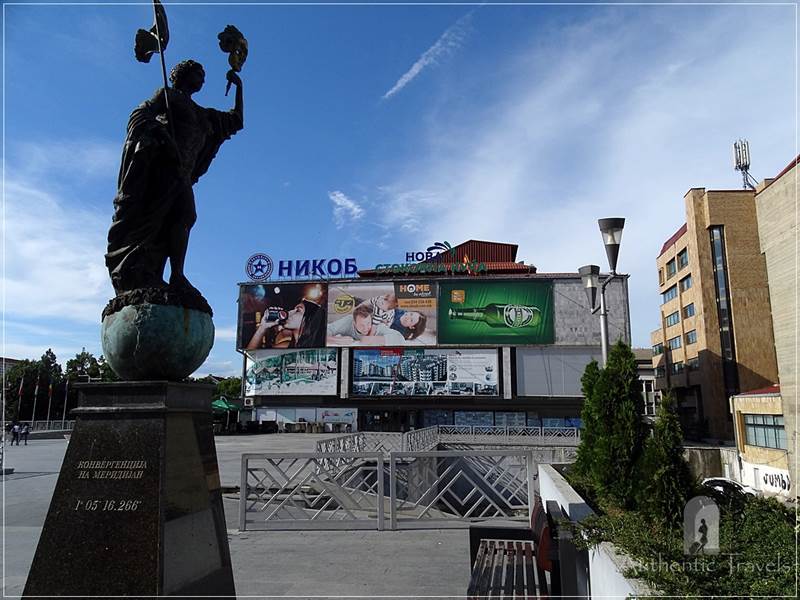
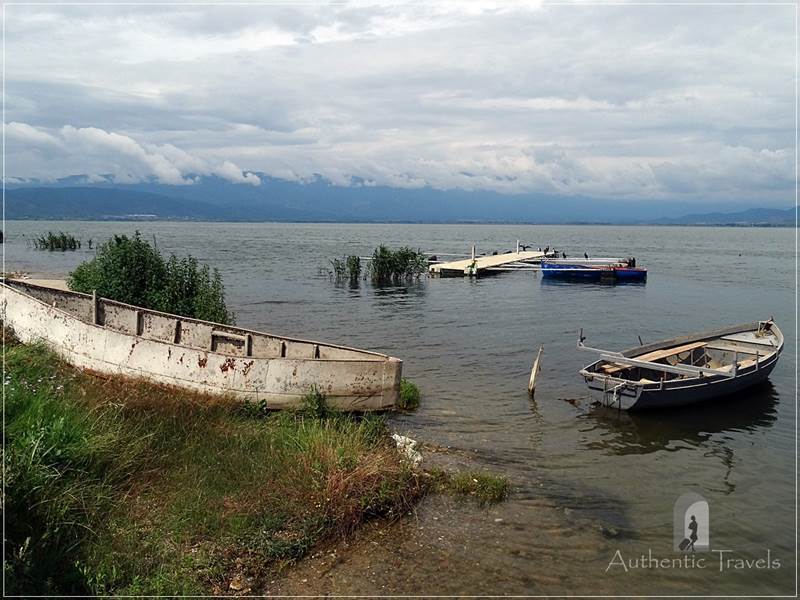

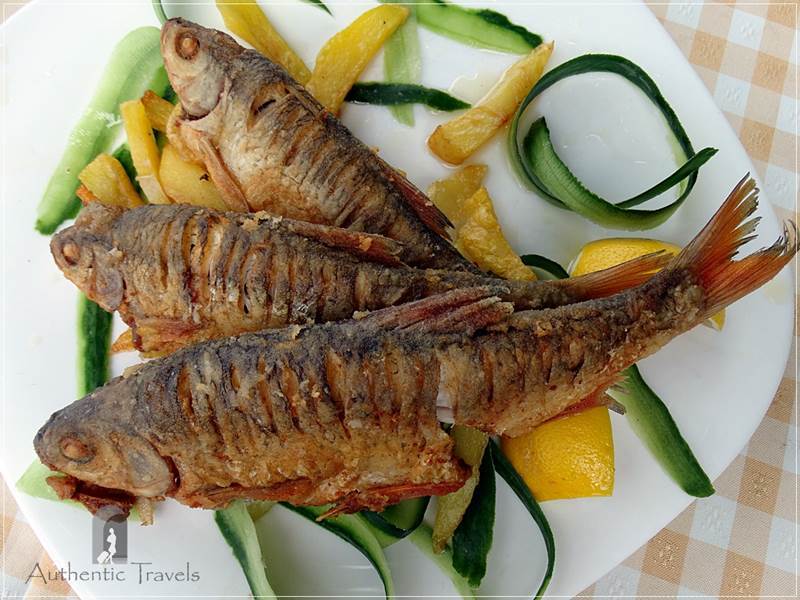
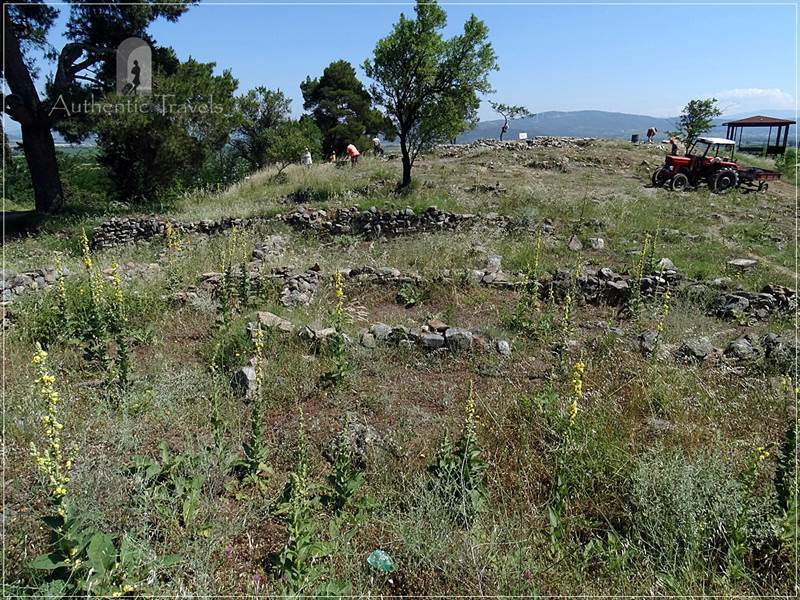
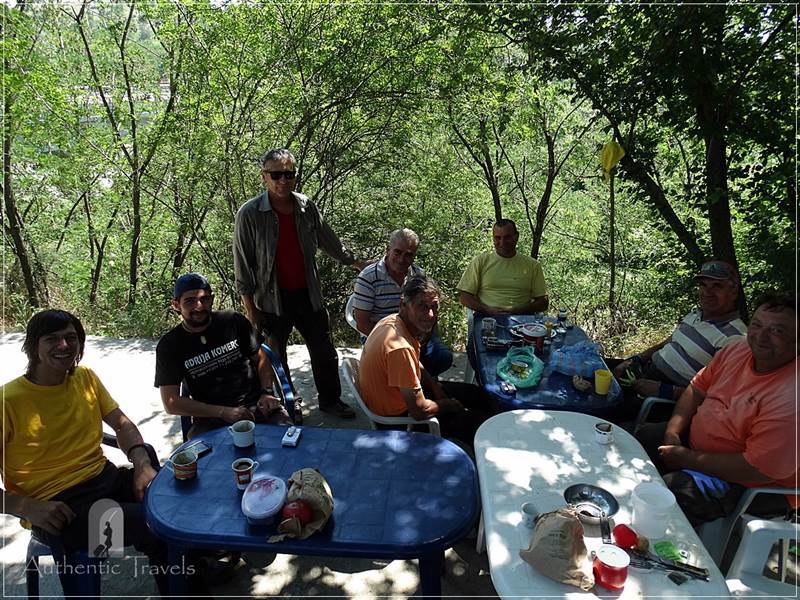
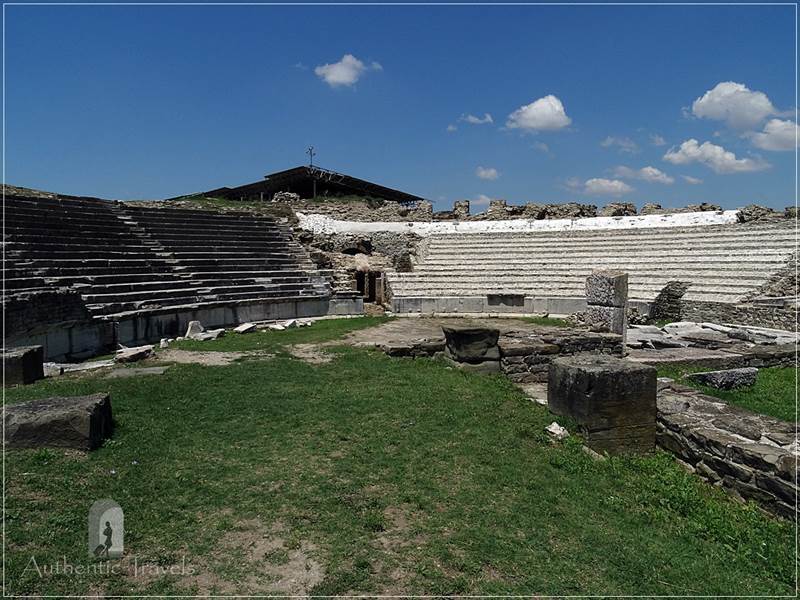
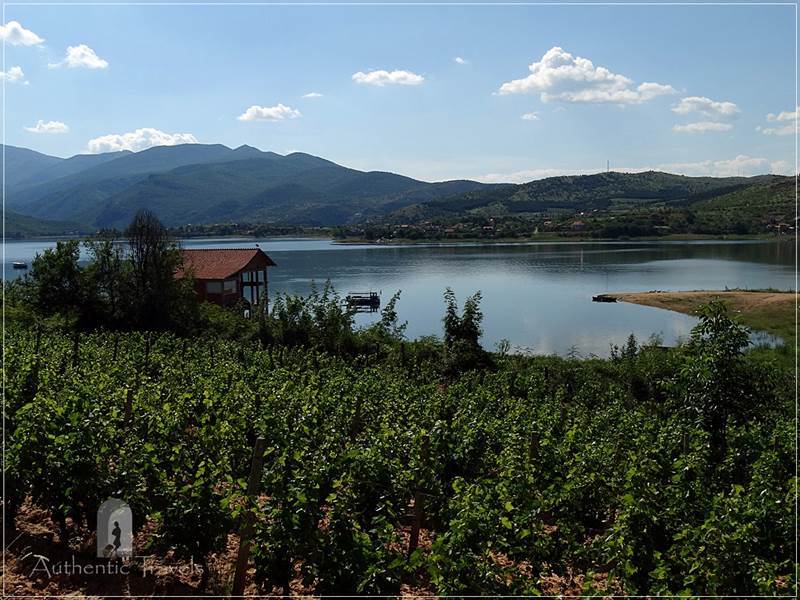
Waking up to Turkish coffee and homemade bread sounds amazing and then walking into the garage of a tiny museum is an awesome way to start the day. I couldn’t’ stop staring at the photo of the tiny museum in Stevce’s garage. I love looking at antiques and how cool that he even has an installation for making rakija.
That place was awesome believe me. I returned to Kratovo on my way back to Romania because I realized that this is a place which you don’t find everywhere.
Eastern Europe has always fascinated me in terms of its historical importance. The places are so rich in history that it would be a sin not be able to visit them. Got to get Macedonia off my bucket list along with a few neighbours. Thanks for the informative post, will be saving it for future reference for sure.
I stayed in total for almost one month in Macedonia, although it’s a small country. But offering me the time to explore it at my own pace, I had the chance to meet awesome people and fantastic places.
I’d love to go to Kokino. Sounds absolutely magical and it’s cool it had two purposes.
Kokino was a very interesting place. I wondered around for one hour to discover the platforms and the stone-cuts from where the studied the movement of the sun/moon.
This is the first time I heard about Kratovo and I am glad to learn something new today. The stone doll formations are interesting. I would love to visit the Lesnovo Monstary and the churuch of Veljusa. The architecture is fascinating.
I liked very much this part of Macedonia. Even though it’s such a small country, it has so many things and places to see.
Macedonia is one country I’ve yet to visit in the continent, and after reading this I’m keen to visit for myself. You managed to see so much on this trip from Skpje to Prilep. I’d be most keen to see Kratova and experience that warm hospitality! The food culture here looks interesting and delicious too. Added to the list!
Yes, if you go to Kratovo, please go to Etno House Shanceva. Stevce is such a great person to meet even though he speaks little English.
Reading your post makes me regret that I didn’t include Macedonia on our Balkan road trip two years ago. This is such a fascinating country! It must have been quite interesting to drive through those remote villages and meet the people, taste the local food and visit some of the attractions.
Oh, yes, Macedonia is a great country. You must go there next time.
I love all the rock formations. The Stone dolls are really cool and I can’t even start on the cave chapels! I would love to visit them and do some exploring!
I was intrigued too about these doll formations. I must admit that even though the site is pretty small, the formations are very interesting.
What an intimate and exciting experience – I felt like I was there with you. I loved reading about the spread of food as I’m such a foodie. I love halvah, too!
Oh, in this case you must go to Etno House Shanceva and meet Stevce and his wife, Valentina. She cooks amazing dishes. I’d never leave that place.
A city right in the middle of a volcano and you could even trace the lava – now that is fascinating. Found the Valley of Stone Dolls also, intriguing. I thought someone might have made those dolls …they look like Buddhist prayer stones. Those are some lovely monasteries and churches that you have captured – like the church of Veljusa monastery. Simple and elegant with a promise of serenity
Yes, you are right. I haven’t thought those dolls look like Buddhist prayer stones.
Kratovo looks like a simply charming village. Your meal at Etno House Shancheva looks delicious. We always try to sample the traditional foods while traveling too, especially when they are home cooked by a local host. I would love to explore all those town and rock formations some day.
Etno House Shanceva is such a great place to stay and interact with locals. I would love to go back there some day.
I loved that from Skopje,you turned half of the distance to stop in the village of Staro Nagoričane, and got the chance to admire the old Byzantine church of St. George. Also good to know you had taken the tour of this church with Dabilo, the singer from the church’s choir and the administrator of the church. I love to see frescoes and murals and therefore this church as worth admiring art work. Thanks for sharing all information.
I truly believe that small, off-the-beat places are the best ones to see. You discover there the authentic feel of a place.
Great post!! I always thought that Macedonia is one of the least visited country in Europe, even though it has some of the oldest history and great non- touristy destinations. I hope many people start traveling to Macedonia as it has great places to visit. I have been to Kratova a few years ago and it was just amazing, really peaceful with less people than other towns and completely pristine too.
I am so happy that you visited Kratovo. I bet you enjoyed the old bridges.